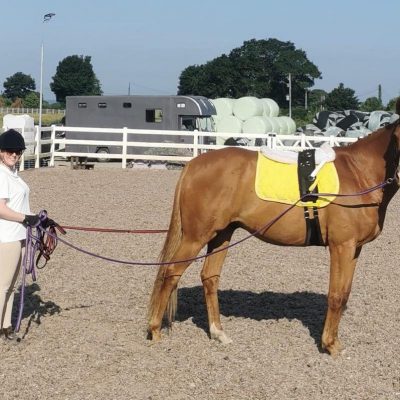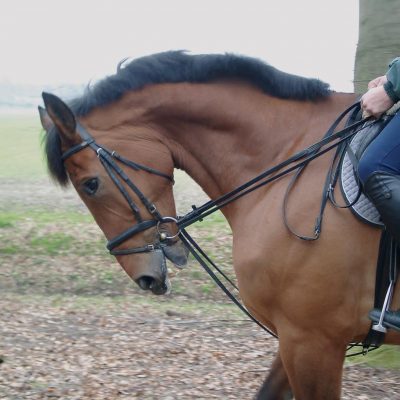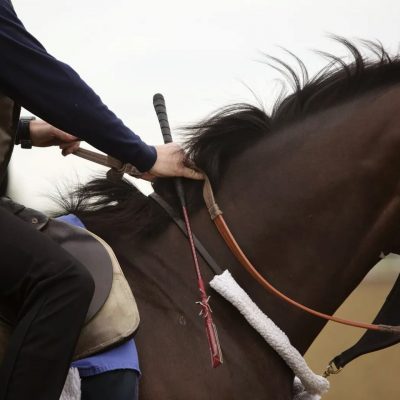Owning a horse can be a significant financial commitment, and it’s important to be aware of all the potential expenditures involved. Here is a list of some of the most common expenditures that come with owning a horse:
Purchase cost of the horse
The cost of purchasing a horse can vary greatly depending on the breed, age, and training level of the horse, as well as location and market demand. The purchase cost can range from a few hundred dollars for a project horse up to tens of thousands of dollars for a well-trained show horse.
Boarding or stabling fees
Boarding fees can also vary greatly depending on the facility, location, and level of services provided. Self-care board, where the owner provides all feed and care, can cost around £50-£150 per month, while full board, where the facility provides feed, daily care, and turn-out, can range from £200 to £600 or more per month.
Feed and bedding costs
The cost of feed and bedding can vary depending on the quality and quantity needed for the individual horse. A bag of hay can cost between £3 to £10, while a bag of bedding such as shavings can cost around £6 to £10. On average, feed and bedding can cost £100-£200 per month.
Farrier costs for regular hoof care
Farrier costs can vary depending on the type of shoes and care needed for the horse. A basic trim can cost between £20 to £50, while a full set of shoes can cost around £60 to £150 or more. On average, farrier costs can range from £50 to £100 every 6-8 weeks.
Veterinary bills for routine check-ups, vaccinations, and emergency care
The cost of veterinary bills can vary greatly depending on the services required. Routine check-ups and vaccinations can cost around £50 to £100 per year, while emergency care for colic, injuries, or illnesses can cost thousands of pounds. It’s important to budget for unexpected veterinary bills, as they can be significant.
Tack and equipment
The cost of tack and equipment can vary depending on the quality and type of equipment needed. Basic equipment such as a halter and lead rope can cost around £20 to £50, while a good quality saddle can cost hundreds or thousands of pounds. On average, tack and equipment can cost several hundred to several thousand pounds.
Transportation costs
Transportation costs can vary depending on the distance, fuel costs, and maintenance needs for the horse trailer. It’s important to regularly maintain the trailer to ensure it’s safe for the horse. Fuel costs can also vary depending on the distance and frequency of travel.
Insurance for the horse and rider
Insurance costs can vary depending on the type and level of coverage needed. Basic insurance for the horse can cost around £200 to £500 per year, while rider insurance can range from £20 to £50 per month or more depending on the level of coverage.
Membership fees for riding clubs or associations
Membership fees can vary depending on the club or association, ranging from a few pounds per year to hundreds of pounds.
Training or lessons with a qualified instructor
The cost of training or lessons can vary depending on the instructor’s qualifications and experience, as well as the frequency and duration of the lessons. On average, a private lesson can cost between £30 to £100, while a group lesson can cost around £20 to £50 per person.
Competition or show fees
Competition fees can vary depending on the level and type of competition. Entry fees can range from £20 to several hundred pounds, depending on the event.
Facility maintenance and repairs
Facility maintenance and repairs can vary depending on the type of facility and the level of upkeep required. This can include regular maintenance such as footing and fencing upkeep, as well as unexpected repairs such as roof leaks or equipment failure. It’s important to regularly inspect and maintain the facility to ensure the safety and comfort of the horse. The cost of facility maintenance and repairs can vary depending on the extent of the work needed.
It’s important to note that the above costs are approximate and can vary greatly depending on the individual horse’s needs, location, and level of care required. Other potential expenses may include supplements or medication, horse shows or events, and additional equipment or training needs. It’s essential to budget carefully and regularly review expenses to ensure that the horse receives the best possible care and attention.







